Galaxies antennae | ||||
Galaxies antennae |  Automatic translation Automatic translation | Updated June 01, 2013 | ||
There are about 100 million years, the two galaxies NGC 4038 and 4039 began to collide. This collision is still ongoing. NGC 4038 was a spiral galaxy, and NGC 4039, a barred spiral galaxy. They now form one of the most famous couples galaxy, called the Antennae. | Gravitational encounters between stars are very rare. Slow collisions of galaxies, carried out on tens of millions of years, but they are violent. The gravitational interactions of galaxies in collision, generate huge shock waves in the surrounding gas and dust. This shock wave causes the formation of massive stars in the millions. These massive stars have a short life that ends in explosion. These are supernovae that enrich the interstellar medium in heavy atoms (beyond iron). Image: Cosmic catastrophe in the form of galactic collision. There are about 100 million years, the two galaxies NGC 4038 and 4039 began to collide. | 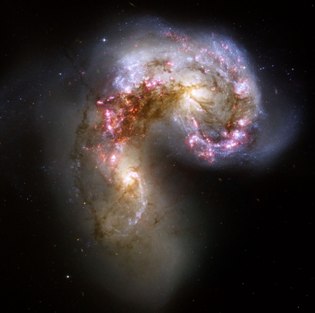 | ||
Antennae seen by Hubble, Chandra and Spitzer | ||||
A new image of two colliding galaxies, NGC 4038 and 4039, was captured by NASA's Great Observatories. The Antennae Galaxies are represented here in a composite of three telescopes. Those of the Chandra X-ray Observatory (blue colors), the Hubble Space Telescope (gold color) and the Spitzer Space Telescope (red colors). The collision, which began over 100 million years ago triggered the ongoing training of millions of stars in the clouds of dust and gas of the galaxies. | Video: The bright point sources in the image are produced by matter falling into black holes and neutron stars, the remnants of massive stars. The Spitzer data show infrared light after clouds of dust heated by young stars located in the region of overlap between the two galaxies. The Hubble data show in red, old stars, brown dust filaments and yellow and white, star-forming regions. Objects whose brightness is lower in the optical image are clusters containing thousands of stars. | |||
"The data available on this site may be used provided that the source is duly acknowledged."



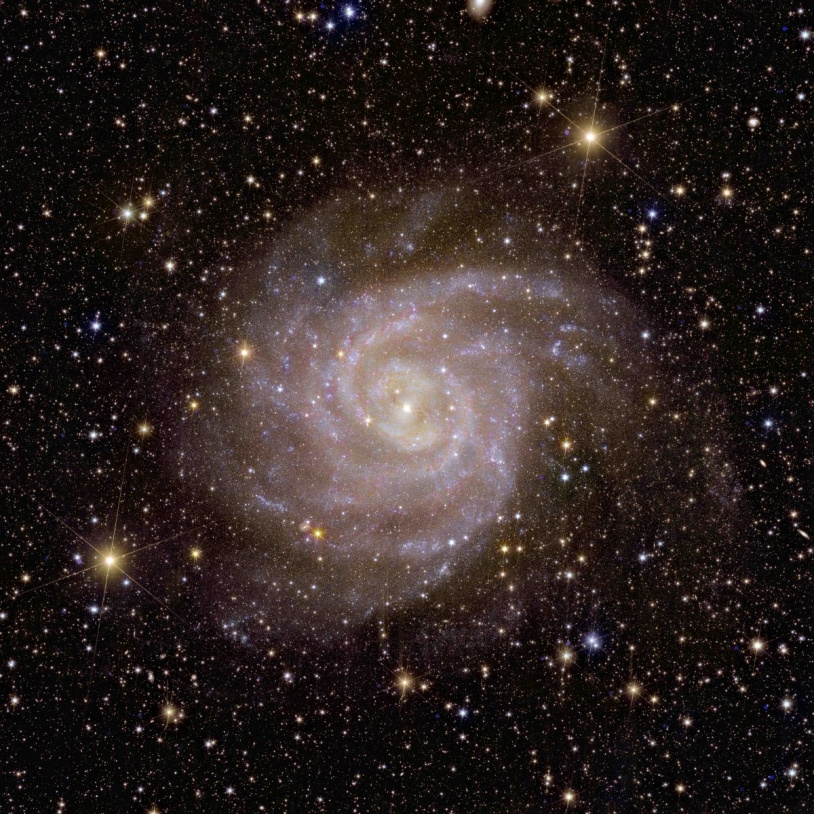 The hidden galaxy, one of Euclid's first images
The hidden galaxy, one of Euclid's first images
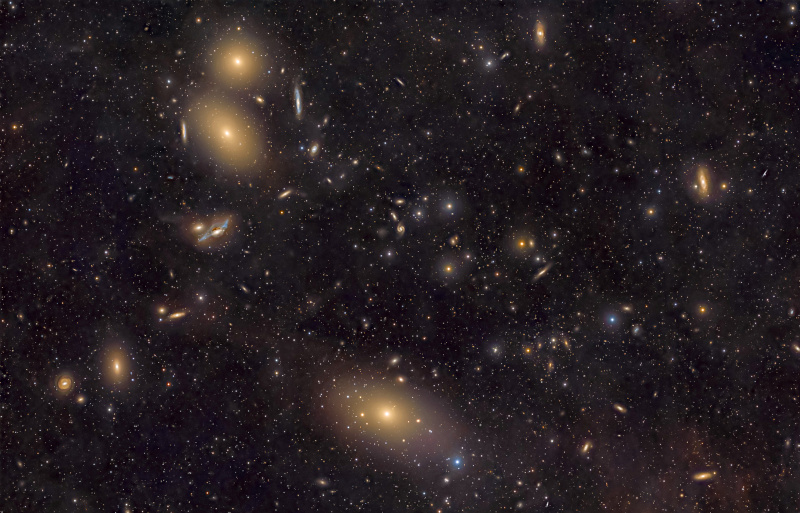 The Virgo Cluster spans approximately three Full Moons
The Virgo Cluster spans approximately three Full Moons
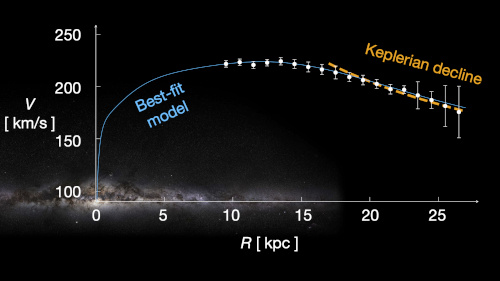 Where did the dark matter in our Galaxy go?
Where did the dark matter in our Galaxy go?
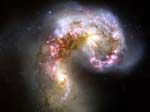 Merging galaxies and black holes
Merging galaxies and black holes
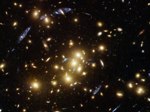 Mirages created by gravitational lenses
Mirages created by gravitational lenses
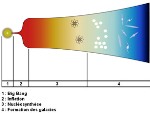 Mystery of the Big Bang, the problem of the horizon
Mystery of the Big Bang, the problem of the horizon
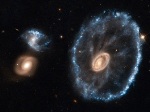 Cartwheel Galaxy Cosmic Event
Cartwheel Galaxy Cosmic Event
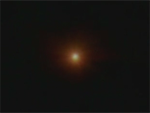 The first second of our history
The first second of our history
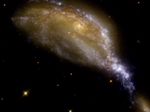 A small galaxy tears apart the large NGC 6745
A small galaxy tears apart the large NGC 6745
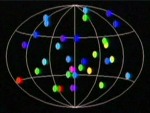 The mystery of gamma bursts
The mystery of gamma bursts
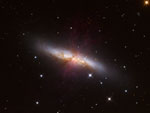 The Cigar Explosion
The Cigar Explosion
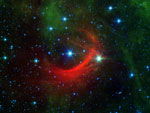 Shockwaves
Shockwaves
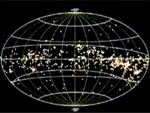 Gould's belt, a stellar fireworks display
Gould's belt, a stellar fireworks display
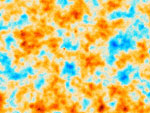 Recombination in cosmology
Recombination in cosmology
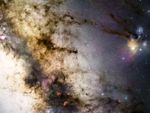 Journey to the center of our galaxy
Journey to the center of our galaxy
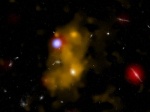 Lyman-alpha bubbles
Lyman-alpha bubbles
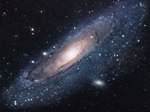 Andromeda in the ultraviolet
Andromeda in the ultraviolet
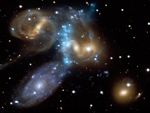 The most beautiful galaxy clusters
The most beautiful galaxy clusters
 Tinkerbell merger of three galaxies
Tinkerbell merger of three galaxies
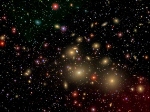 A gigantic black hole
A gigantic black hole
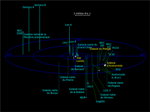 Enigma of coplanar galaxies
Enigma of coplanar galaxies
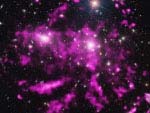 The cluster of galaxies Coma in its soup
The cluster of galaxies Coma in its soup
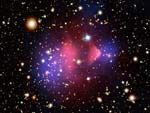 The cannonball, proof of dark matter
The cannonball, proof of dark matter
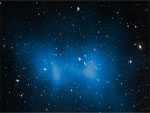 El Gordo galaxy cluster
El Gordo galaxy cluster
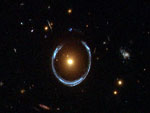 Einstein ring and cross
Einstein ring and cross
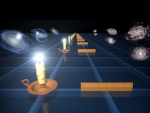 How to measure distances in the Universe?
How to measure distances in the Universe?
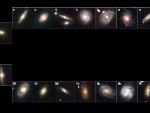 The Hubble sequence and types of galaxies
The Hubble sequence and types of galaxies
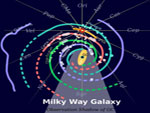 The spiral shape of the galactic arms
The spiral shape of the galactic arms
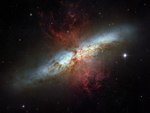 Even more stars, the Cigar galaxy
Even more stars, the Cigar galaxy
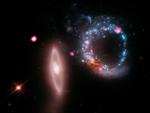 The Universe of X-rays
The Universe of X-rays
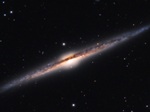 The most beautiful galaxies
The most beautiful galaxies
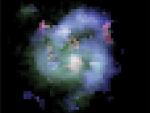 The oldest galaxies in the universe
The oldest galaxies in the universe
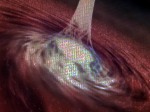 Quasars the nuclei of galaxies
Quasars the nuclei of galaxies
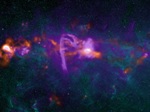 Sagittarius A black hole at the center of our Galaxy
Sagittarius A black hole at the center of our Galaxy
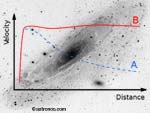 The MOND theory and its contradiction
The MOND theory and its contradiction
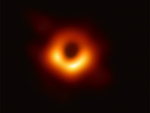 The first image of a black hole
The first image of a black hole
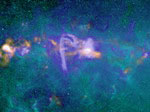 Central area of the Milky Way
Central area of the Milky Way
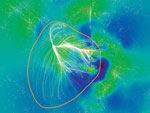 Laniakea, our supercluster of galaxies
Laniakea, our supercluster of galaxies